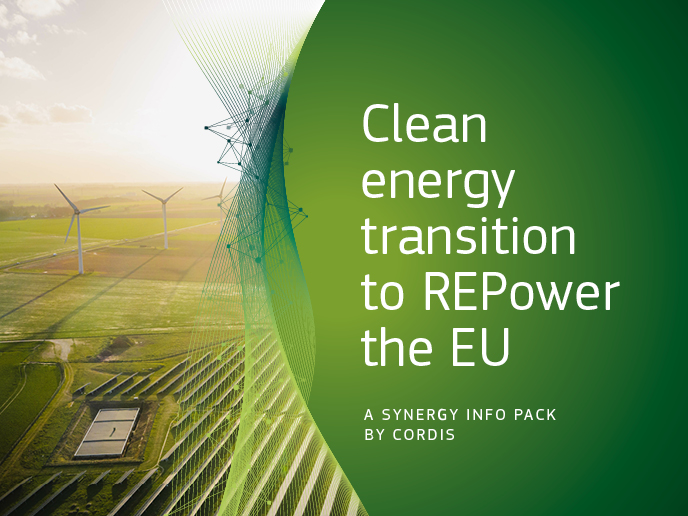Smart neighbourhoods exchange energy
Solar power is a fast-growing source of renewable energy around the world. However, the combination of solar power’s rising market share and its inconsistency of supply places heavy demands on the electricity supply grid. In addition, it limits self-sufficiency of residential or commercial buildings with electricity-generating solar panels mounted on the rooftops. Therefore, grid operators are required to maintain variable back-up systems of which most are currently coal-fired power plants that counteract the real benefits of using renewable energy. Coordinated load shifting, storage and exchange of excess power in buildings of the same neighbourhood can provide a remedy to these problems and bring about reduced power bills for consumers, as well as reduced peak loads on the public grid. Focusing on these important issues, the EU-funded project COSSMIC(opens in new window) (Collaborating smart solar-powered micro-grids) introduced an innovative solution that can control energy consumption and production of distributed energy resources, adapting energy use to different criteria such as availability, price and weather conditions. Internet of energy Researchers developed an innovative autonomic ICT system that can control energy usage, production and storage. It facilitates both peer-to-peer collaboration between microgrids in a neighbourhood and collaboration with the public power grid. Just as information is transported and exchanged over the internet, microgrids that act as a data network can function on their own and exchange energy with neighbours for mutual benefit. For example, one microgrid cell that has too much power can transfer power to a neighbour building that has little. ‘The system is governed by preferences and constraints set by inhabitants, and tries to adapt consumption to the local energy production through coordinated load shifting,’ says Mr Hallsteinsen, project coordinator. He then explains in further detail that each building is equipped with a home gateway that monitors and controls its electric energy-consuming devices. Communicating with other residential gateways, it tries to solve the problem of scheduling flexible loads to match the total neighbourhood consumption to the expected neighbourhood production. The system architecture is based on a highly distributed agent-based peer-to-peer approach where each consuming and producing device in the neighbourhood is represented by an agent. Batteries are represented by a coupled pair of agents, one responsible for the charging and one responsible for the discharging. The agents of a neighbourhood negotiate with each other to adapt consumption to the predicted production by shifting loads in time within constraints set by the inhabitants. The system automatically learns the consumption profile of electricity consuming devices and uses weather forecasts to predict the production of connected solar panels, thereby enabling optimal coordination. Storage can be provided either by batteries or even battery-powered units connected temporarily for charging (e.g. electric vehicles). Smart eco-neighbourhoods COSSMIC’s new system allows consumers to procure power in real time at significantly lower costs, with improved return on investment on their photovoltaic installations. Beyond reducing costs, microgrids that optimally combine and control renewable energy, conventional fossil energy, energy storage and load management can mitigate the environmental impact of electricity production. They also contribute to the transition to a more sustainable and smarter electric power supply system. The monitoring part of the new system was installed in 12 buildings in the City of Konstanz (Germany) and in 5 buildings in the Province of Caserta (Italy). Simulations of the coordinated load shifting based on the collected data supports the feasibility of smart neighbourhoods with self-sufficient, energy-efficient buildings as proposed by COSSMIC.







